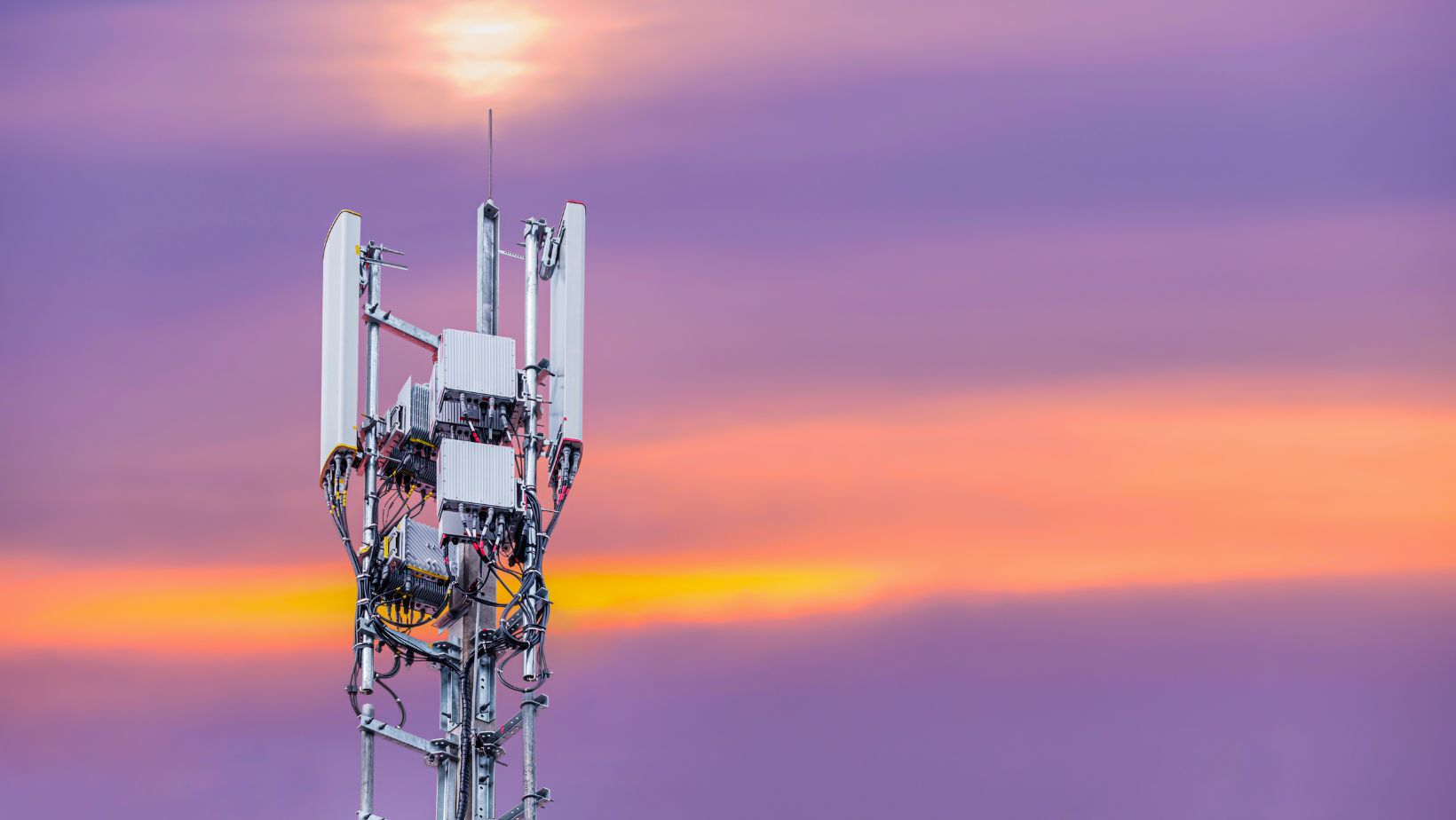Why is Verizon 5G so Bad
Verizon’s 5G network has been a subject of much discussion and disappointment among consumers. Many have wondered why Verizon’s 5G is performing so poorly and failing to meet expectations. As an expert, I’ve delved into the reasons behind this dissatisfaction.
One key factor contributing to Verizon’s underwhelming 5G performance is its reliance on high-frequency millimeter wave technology. While millimeter wave can deliver incredibly fast speeds, it suffers from limited range and poor penetration through obstacles like buildings and trees. This means that users may experience frequent dropouts and inconsistent coverage, especially indoors or in densely populated areas.
The Promise of Verizon 5G
When it comes to the promise of Verizon 5G, there was certainly a lot of excitement and anticipation in the air. With claims of lightning-fast speeds, low latency, and transformative capabilities, many were eager to experience the next generation of wireless technology. However, as users started getting their hands on Verizon’s 5G network, it quickly became apparent that the reality fell short of expectations.
One aspect that was touted as a major selling point for Verizon 5G was its incredible speed. The promise of blazing-fast downloads and seamless streaming sounded enticing. However, in practice, users have reported inconsistent performance and limited coverage areas. While some lucky individuals may enjoy impressive speeds in certain pockets, the majority are left with underwhelming connections that fail to deliver on the promised potential.
Another disappointment with Verizon’s 5G lies in its coverage area. Despite early claims about wide-reaching availability, many customers find themselves struggling to even locate a reliable signal. This limited coverage severely hampers the usability and functionality of Verizon’s 5G network for everyday tasks like browsing or streaming content on mobile devices.
Furthermore, compatibility is another issue that has left users scratching their heads. Not all smartphones or devices support Verizon’s specific version of 5G technology, which means that even if you’re in an area with coverage and have a compatible device, you might not be able to access the full benefits promised by Verizon’s network.
Overall, while the promise of Verizon 5G seemed incredibly exciting at first glance, it has unfortunately fallen short for many users. Inconsistent speeds and limited coverage areas coupled with device compatibility issues have led to widespread disappointment among those who were eagerly awaiting this new era of connectivity.

Statistics on Verizon’s 5G Performance Issues
When it comes to Verizon’s 5G network, there is a growing sense of disappointment among consumers. Many have wondered why Verizon’s 5G falls short of expectations and fails to deliver the promised lightning-fast speeds and seamless connectivity. In this section, let’s take a closer look at the reality check: the performance issues that have plagued Verizon’s 5G.
- Unreliable Coverage: One of the major concerns with Verizon’s 5G network is its inconsistent coverage. While Verizon has rolled out its 5G infrastructure in select cities, the coverage remains limited and spotty. This means that even if you are lucky enough to be in a designated 5G area, you might not experience the high-speed connectivity consistently throughout that area. The lack of reliable coverage diminishes the overall user experience and leaves many feeling frustrated.
- Limited Range: Another significant drawback of Verizon’s 5G lies in its limited range. Unlike previous generations of wireless networks where signals could travel long distances, Verizon’s 5G requires close proximity to cell towers or small cells to function optimally. This limitation severely restricts accessibility, especially in rural areas where cell towers are scarce or far apart.
- Interference Challenges: Verizon operates its 5G on higher frequency bands known as millimeter waves (mmWave). While mmWave offers potentially faster speeds than lower frequencies, it struggles with penetrating obstacles such as buildings and trees. As a result, even within areas covered by mmWave-based 5G service, obstacles can hinder signal strength and cause frustrating interruptions during usage.
- Device Compatibility: To access Verizon’s 5G network, users must have compatible devices specifically designed for their network technology. Unfortunately, at present, there is limited availability of such devices on the market compared to those compatible with other carriers’ networks like AT&T or T-Mobile.
Overall Analysis:
Verizon’s 5G network has faced criticism due to its underwhelming performance. The limited coverage, range issues, interference challenges, and device compatibility concerns contribute to the disappointment experienced by users. While Verizon continues to expand its 5G infrastructure and improve its network capabilities, it’s essential for consumers to have realistic expectations about the current limitations of their 5G service.


